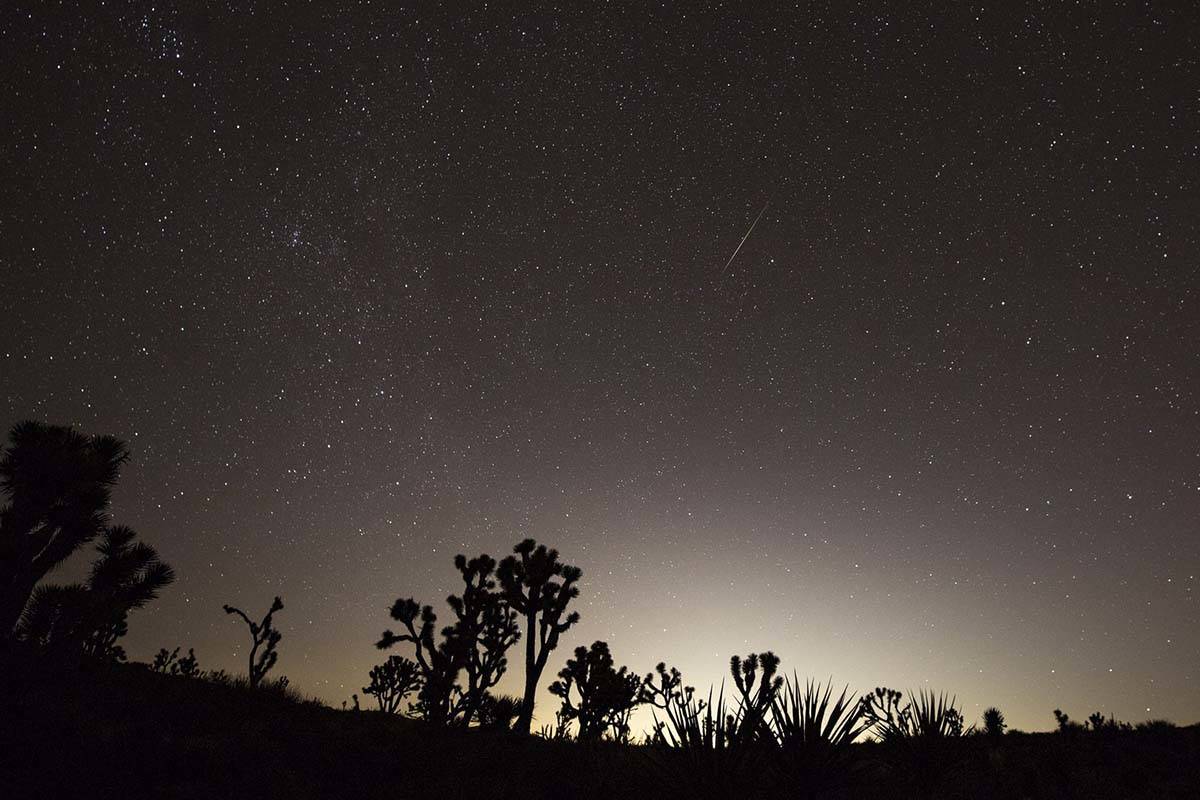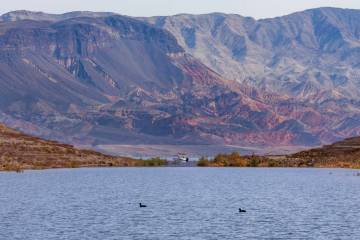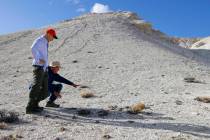Meteor showers will light up early morning Nevada sky
People who like to gaze at the sky and witness meteor showers don’t get to see much in the spring. That’s about to change.
Although not as dazzling as the Perseids of August or the Geminids of December, meteor showers starting this week and running into May will bring some stargazers back into the Nevada darkness of night.
The Lyrid meteor shower will reach its peak on the night of April 21 into the morning of April 22. The best viewing time is an hour before dawn, according to American Meteor Society.
Bill Cooke of NASA’s Meteoroid Environment Office says stargazers should expect anywhere from 10 to 20 meteors per hour when the Lyrids peak. A single observer looking skyward under dark, clear skies may see 10 to 20 meteors per hour.
According to space.com, many of these meteors tend to be brilliant and move fairly fast, streaking through the atmosphere at an average velocity of 30 miles per second. About a quarter of them leave persistent trains.
The Lyrids are the oldest documented meteor showers, first recorded by the Chinese in 687 B.C.
The Eta Aquarid meteor shower will reach its peak the night of May 5 into the morning of May 6. The shower, created by the debris from Halley’s Comet, could produce up to 40 meteors per hour, Cooke. said.
The Eta Aquadids are faint showers, a good reminder to find toward dark skies away from the light pollution of the Las Vegas Valley.
In addition to being out of the city, you’ll want to seek the Eta Aquarids after midnight to avoid interference from the moon, which is bright this week.
“You’ve got a last-quarter moon. So, you want to start observing around 2 a.m. and go to dawn,” Cooke said.
Contact Marvin Clemons at mclemons@reviewjournal.com. Follow @Marv_in_Vegas on Twitter.




























